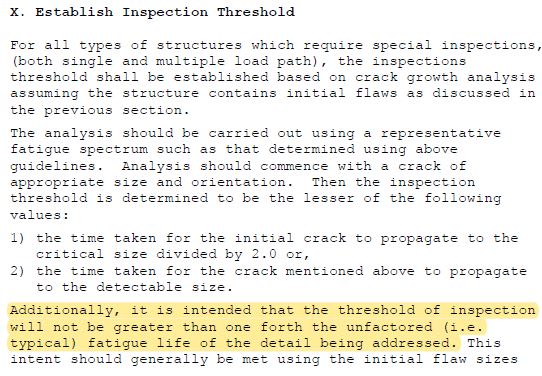I believe you will find the curves you are looking for in "Fatigue Data Book: Light Structural Alloys ", 1995 by ASM
If you are looking at a pure theoretical case for a notch in a bar, then I think the reference should give you what you need. However, if you are trying to perform a fatigue analysis of an actual aircraft joint, then it would be totally inadequate. For a fatigue analysis, whether it is strain life or safe life method, you must use joint SN or joint strain life data. The SSF method in Niu which by the way was invented by Lars Jarfall (see ICAF 1967 "Optimum Design of Joints: the Stress Severity Factor Concept") is based entire on joint SN data. I was fortunate enough to meet him over 20 years ago at ICAF and to get copies of his work before he passed away. Jarfall based his method on fatigue tests of riveted and bolted joints, not un-notched or notched specimens. Notched and un-notched lab specimens are very different than real world structure and typically are highly polished hence a large if not enormous scatter in life. The strain life method, in its currently updated approach, is better as the test data is based on the time to grow to a specified detectible (SEM) crack length and also is now based on joint data. Early on it too used unnotched specimens and results were not very good as you might expect. Just from a first hand experience level, when I worked at an OEM over 20 years ago and conducted hundreds of joint fatigue tests, we plotted them up against the MMPDS type curves and it was completely obvious as to how inadequate the MMPDS curves were.
Anyways, with respect to crack growth replacing fatigue, there is quite a bit of validity to this for the commercial world. The latest requirements for 25.571 mandate that all single load path and multiple load path structure not detectible below complete load path failure must use crack growth. Also, if you read the WFD requirements, MSD and MED susceptible structure must be analyzed using crack growth. The only area which still permits a fatigue evaluation is multiple load path structure that is inspectible for complete load path failure. This means a completely failed spar and skin or frame and skin or stringer and skin and so on. Obviously much of this analysis is usually done by the OEMs and of course they use joint fatigue data and they have a full scale fatigue test to back this up. That is not to say fatigue is not a valuable tool for doing preliminary design reviews and checking details. However, think of fatigue as an analytical method as a micro analysis versus versus crack growth being a macro type analysis. With a micro analysis, all variables come into play: hole fit, hole condition, squeeze force on rivet, clampup, friction, surface finish, and so on and so on. This makes for a very difficult prediction without testing actual joints with all parameters covered.
Best of luck on your project.

